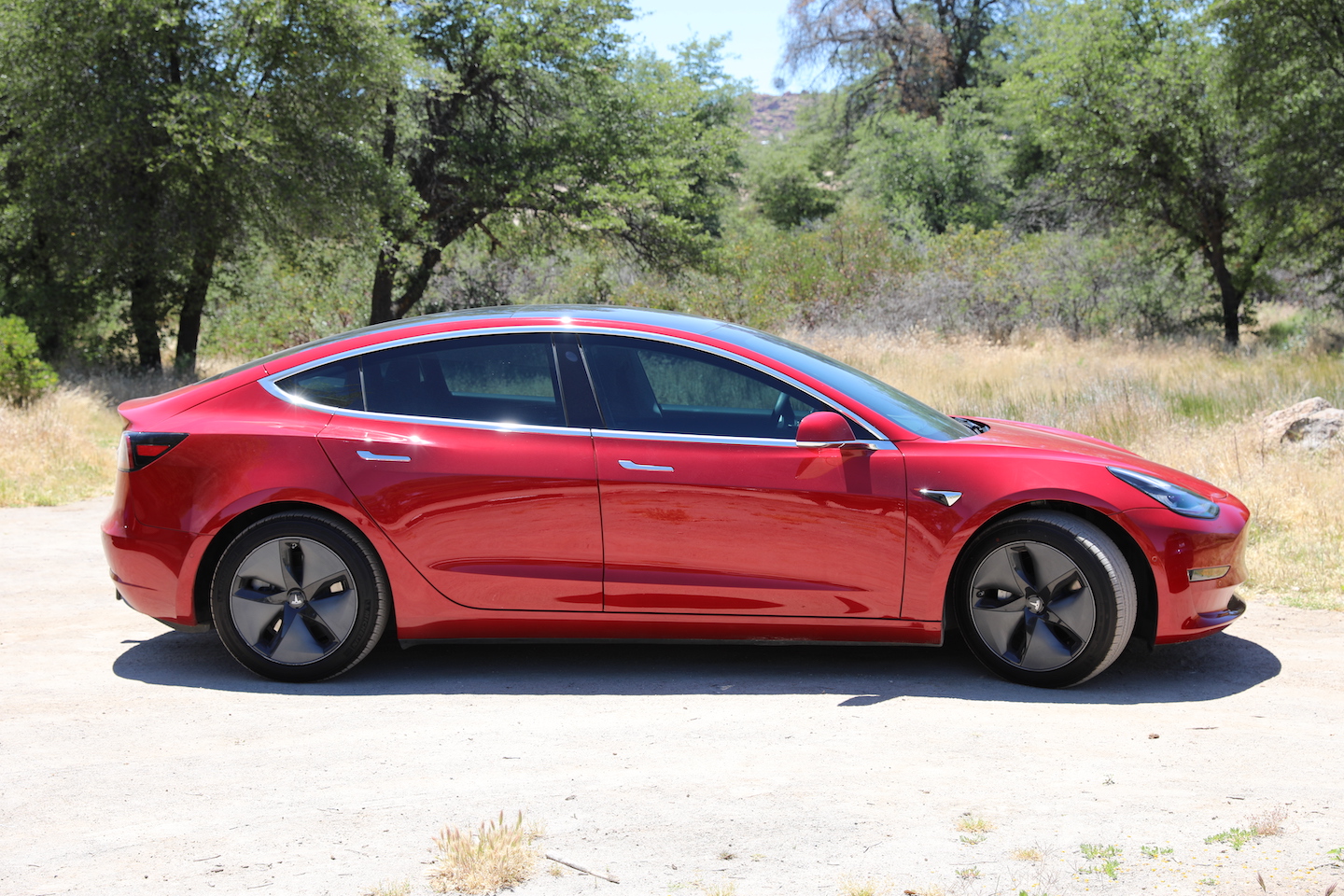Why you should consider a battery electric vehicle (BEV)
By John Martinson
You read Green Living Magazine. You try to live a greener life. You recycle waste, have a smart thermostat, maybe you eat less meat, buy local, and have made other sustainable lifestyle changes—yet you still drive a gas-powered car. But there is that nagging feeling that you are polluting the air everywhere you drive and that you are contributing to climate change by burning fossil fuels.
You may have considered buying an electric vehicle to abate your greenhouse gas emissions, but are struggling with the cost. What if I told you that you would be saving a considerable amount of money by replacing your fossil fuel-powered vehicle with an electric one?
A 2018 study from the University of Michigan’s Transportation Research Institute found that in the United States, electric vehicles cost less than half as much to operate ($485) than gas-powered cars ($1,117) annually (source: EnergySage.com).
You also may not know that electric vehicles offer far more benefits than just eliminating greenhouse gasses. Here are some of the added benefits of owning a BEV:
• Imagine owning a car that requires no maintenance except for changing tires and wiper blades and replenishing your windshield wiper fluid. No worn brake pads, no oil leaks, no radiator issues, no ignition issues, no transmission issues, no clogged filters, no jump starts, no alternator failures, no catalytic converter issues, no replacing fan belts or spark plugs, and no annual or miles-specific dealer service requirements.
• Imagine owning a car whose motor is designed and validated for over a million miles.
• Imagine owning a car that is filled up and ready to go every morning.
• Imagine owning a car you do not have to have emissions- tested because there simply are no emissions.
This has been my experience for the last seven years. Yes, I am an early adopter. I drove the GM EV1 for three years (1999–2001) as my daily vehicle. I also bought my first Tesla in 2013, and I’ve been driving them ever since.

Here are some common questions (myths) about owning and driving an electric vehicle:
Q: Aren’t electric cars slow?
A: No. Electric cars generate much more torque than gas vehicles. The power goes directly to the wheels to deliver instantaneous acceleration.
For example, Tesla’s least expensive Model 3 (Standard Range Plus) goes from 0 to 60 miles per hour in just 5.3 seconds and has a top speed of 140 mph (my Model 3 Performance pictured above does it in 3.1 seconds and tops out at 162 mph).
For comparison, the base model Ford Mach-E SUV (BEV), which will hit the market later this year, promises 0 to 60 in the low 6-second range and mid-3 seconds for the performance mode, and the 2020 Kia e-Niro BEV will do 0 to 60 in 8.6 seconds. It just depends on the car.
Q: What happens when the battery wears out? I hear they don’t last very long and are really expensive.
A: Not true. Current Tesla batteries are designed for a half-million miles. Early model costs for battery replacement hovered around $30,000, but through design improvements and economies of scale, the price today is between $3,000 and $7,000. The next-generation Tesla battery, which is expected to be announced later this year, is expected to have a 1 million- mile life.
Q: Aren’t electric cars just for city driving with limited range?
A: Well, that depends on three factors—the energy storage capacity of the vehicle’s battery, the efficiency of the vehicle, and the extent of the network of fast chargers (DCFC) compatible with the car.
Some BEVs specifically designed for urban driving do have limited range, insufficient for inter-city, and cross-country travel. Examples are the Honda Clarity (89 miles), BMW i3 base model (81 miles), and Fiat 500e (84 miles). However, models that have at least 200 miles of range are generally recognized as sufficient for electric road tripping in most cases.
Two years ago, my son and I drove a Tesla Model 3 Long Range on a 6,400-mile road trip from Phoenix up through Colorado, Utah, Wyoming, Idaho, and Montana to Alberta, Canada, as far north as Jasper, then west to Whistler, British Columbia, and then south along the Pacific Coast from Vancouver, British Columbia, to San Diego, and then home.
Total charging on the trip cost a total of $238.42 (~3.7 cents per mile), and of the 30-night stay, 14 were at a lodging that provided free destination charging. We completed this trip entirely on Tesla’s charging network.
Charging Electric Vehicles
There are three levels of charging for electric vehicles, but the only two sufficient for long-distance travel are Level 3 (fast chargers that can deliver an 80% charge in 10 to 40 minutes) and Level 2 (destination chargers that will provide an 80% charge in three to four hours or more, depending on your battery capacity). Level 2 chargers are what are typically installed in a home garage.
Level 3 chargers, like Tesla’s Supercharger network, are placed along major highways, and Tesla’s Level 2 destination chargers at inns, hotels and B&Bs make for excellent—usually free— overnight charging.
As of March 2020, Tesla had 908 Supercharger stations in the U.S., 98 in Canada, and 16 in Mexico. Each charging station has an average of 8.8 individual chargers per station, though some have considerably more.
Other Charging Infrastructure
Tesla has a five-year lead on charging infrastructure. Their Superchargers are proprietary, but there are some new startups—most prominently Electrify America, a subsidiary of Volkswagen Group of America— that is open to all-electric vehicles, including Tesla, and are growing rapidly. There are also Level 2 and Level 3 chargers from a myriad of other providers, such as Chargepoint, EVGo, and others.
So, you can see now that there are many benefits to owning an electric vehicle besides just driving greener, and with nearly 100 electrified BEV models slated to come to market through 2022, there will be a lot of choices. I am a bit biased towards Tesla, I must admit, but I am very excited about many of the newcomers. It’s time.
Keep up with all of Green Living’s content by visiting our website.
John Martinson, a co-founder of China Mist Tea Company, has owned eight electric vehicles starting with a GM EV1 in 1999. He blogs about Tesla Road Tripping at www.teslaroadtrip.blog, and administers two Facebook groups promoting Electric Vehicle Road Tripping—Tesla Road Trippers and Electric Road Trippers.







